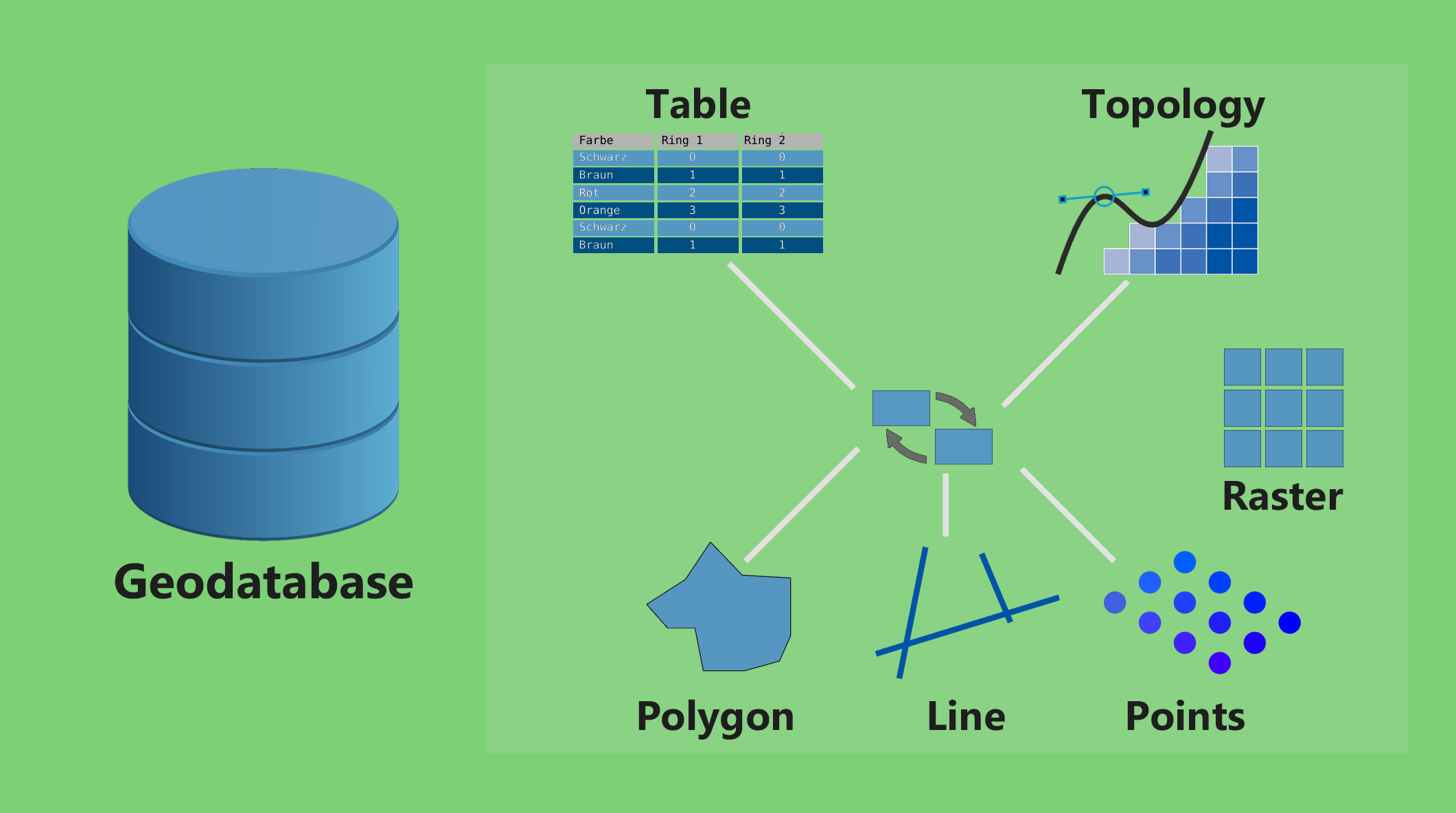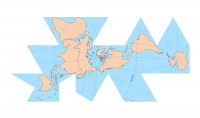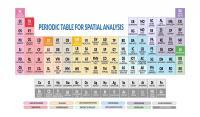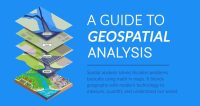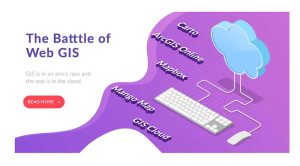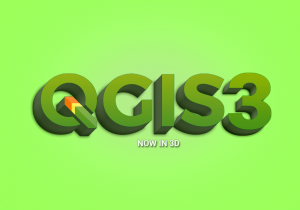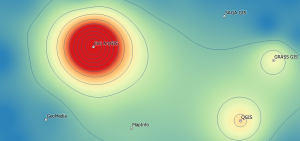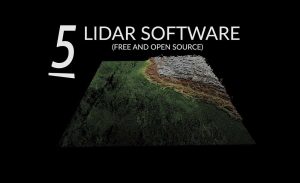Is Google Maps Really a GIS Software?

Is Google Maps Really a GIS Software?
I’ve heard geospatial professionals describe GIS as Google Maps. But is this really true? My definition of GIS is that it has 4 main functionalities:
- Data Management – It allows you to store and manage geographic data.
- Editing – You can create and digitize features.
- Visualization – You can view geographic data in 2D and 3D.
- Spatial Analysis – It’s a decision-making system for understanding spatial patterns and trends.
Let’s see how Google Maps compares against true GIS software like ArcGIS Pro and QGIS. Note that we also included Google Earth Desktop in this comparison.
Data Management in Google Maps
This table highlights the differences in data management capabilities. You’ll see how both applications handle GIS file formats, versioning, and metadata.
| Criteria | Google Maps | GIS Software |
| File Formats | KMZ, KML, CSV, GPX for My Maps | Extensive support with Shapefiles, GeoTIFF, CAD files, GeoPackage, etc. |
| Database Management | Limited user management options | Supports enterprise database systems (SQL Server, Oracle) and geodatabases |
| Versioning | Not supported | Allows for tracking and managing changes over time |
| Conflation | Limited capabilities | Advanced tools to merge data from different sources accurately |
| Access Control | Basic with options to share maps publicly or with specific users | Comprehensive with detailed permissions for users and roles |
| Metadata | Basic information for user-generated content | Allows detailed documentation of data sources, history, and usage |
While Google Maps is geared towards general users, GIS software offers advanced tools for GIS professionals. For both platforms, data management reflects the target audiences.
Interoperability is quite limited in Google Maps. GIS software excels at accepting various file formats. You can also write metadata and specify access control.
Editing in Google Maps
This table shows the differences between GIS editing capabilities. We compare factors like digitizing, quality control, and Coordinate Geography (COGO).
| Criteria | Google Maps | GIS Software |
| 2D and 3D Feature Digitizing | Basic 2D and 3D features | Extensive support for both 2D and 3D digitizing |
| Attribute Editing | Basic attribute information like names and descriptions for points of interest | Support for multiple attributes, relationships, and complex data types |
| Validation and Topology Rules | Not supported | Ensuring data integrity with topology support |
| Quality Control | Little support | Advanced with customizable editing and snapping options |
| COGO (Coordinate Geometry) | Not supported | Allows for precise geometry creation of parcel fabric |
Google Maps provides user-friendly tools for adding points of interest, routes, and simple shapes. But it lacks the depth required for professional GIS work.
On the other hand, GIS software specializes in spatial data creation and editing. You’ll find tools for 3D modeling, attribute editing, and enforcing data integrity.
Visualization in Google Maps
While Google Maps is ideal for simple map visualizations, GIS software has much more to offer. This comparison showcases the differences in visualization capabilities.
| Criteria | Google Maps | GIS Software |
| Thematic Mapping | Basic thematic symbolizing and colored markers | Advanced thematic making options such as heat maps, choropleth, and cartograms |
| Map Layouts | Limited customization options | Highly customizable with insert maps, charts, legends, texts, etc. |
| Animation and Time Series | Limited, but available through Google Earth Studio | Extensive support with temporal data including animations and space-time cubes |
| 3D Visualization | Highly immersive 3D views in Google Earth. A mix of photogrammetric meshes and SketchUp models. | Advanced 3D city models and terrain. Also contains LiDAR capabilities and multipatch symbology |
| Raster Visualization | Limited to mostly satellite imagery | Advanced imagery analysis, enhancement for continuous and discrete images. |
GIS software is tailored for professionals who require detailed geographic visualization. For example, it offers thematic mapping, map layouts, animations, and other visualization capabilities.
Google Maps doesn’t have the same variety of options. You’ll find basic thematic mapping and some 3D visualization through Google Earth.
Spatial Analysis in Google Maps
When comparing spatial analysis, we’re looking at how each platform allows users to interpret geographic data. The table below shows the differences between Google Maps and GIS software in terms of spatial analysis.
| Criteria | Google Maps | GIS Software |
| Geoprocessing Tools | Limited or very basic tools via Google Maps API | Extensive range of tools for data manipulation and analysis |
| Predictive Modeling | Not supported | Supports tools for statistical and predictive analysis |
| Spatial Interpolation | Not supported | Allows the estimation of values at unsampled points using interpolation techniques |
| Suitability Analysis | Not supported | Provides tools to analyze land use and site selection |
| Route Optimization | Google Maps specializes in navigation through the Directions API | Comprehensive network analysis tools for routing |
| Geocoding | One of the largest POI data sources in the world. Access it via the Google Maps Geocoding API | Allows users to batch and reverse geocoding |
| 3D Analysis | Limited to 3D views in Google Earth | Extensive with tools for terrain analysis, viewshed, and 3D geoprocessing |
Google Maps provides very basic spatial analysis features, mainly through its APIs. It’s great for straightforward processes like geocoding, route optimization, and map visualization. However, it’s not designed for in-depth spatial analysis.
ArcGIS has a full suite of geoprocessing tools for predictive modeling, spatial interpolation, and more. It’s equipped with complex GIS tools like suitability analysis and 3D terrain evaluation.
Is Google Maps Really GIS Software?
I don’t think that it’s much of a question at all. No, Google Maps does not provide the same functionality as GIS software. Some may still consider it as GIS software, albeit with some simplifications.
GIS software like QGIS and ArcGIS stand out for users requiring detailed visualization and geoprocessing capabilities. Whereas Google Maps has a user-friendly platform for basic mapping and data management.
What do you think? Do you still think that Google Maps should be considered GIS software? There are no wrong answers! We’d love to hear from you in the comment section below.


